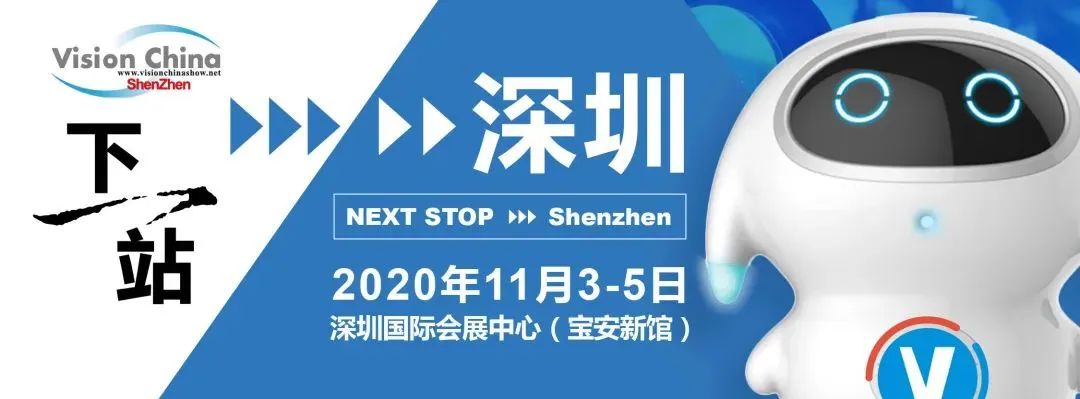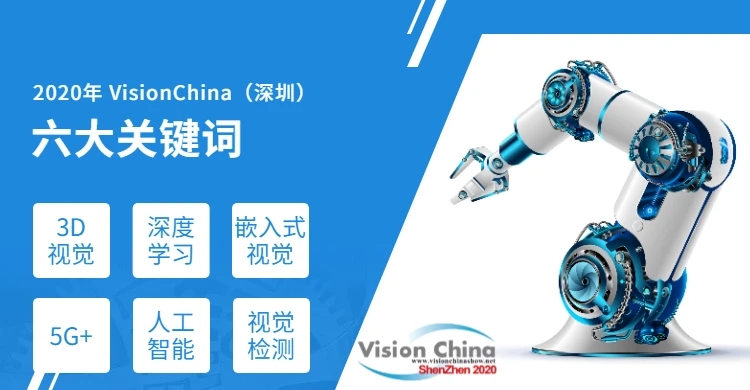
After artificial intelligence, the hottest technology in "intelligent" manufacturing right now is 3D machine vision.
With the increasing demand for precision and automation, 3D machine vision is becoming more and more popular. The industry believes that the transformation from 2D to 3D will become the fourth revolution after black and white to color, low resolution to high resolution static images to dynamic images, and 3D vision will be the provider of artificial intelligence "eye opening world"!
To really understand 3D vision
The first step is to understand how 3D vision works
There are currently four mainstream 3D vision technologies on the market
Binocular vision, TOF, structured light, and laser triangulation
What are the advantages and disadvantages of each of the four technologies?
Today we are going to have a barbecue!
Binocular technology
Binocular technology is a relatively extensive 3D vision system at present. Its principle is just like our two eyes, which observe the same scene with two viewpoints to obtain the perception image in different perspectives, and then calculate the parallax of the image through triangulation principle to obtain the 3D information of the scene.
Binocular technology is simple in principle, no need to use special transmitters and receivers, only under natural light can obtain three-dimensional information, suitable for online, product inspection and quality control in the manufacturing site. However, the disadvantage of binocular technology is that the algorithm is complicated, the computation is heavy, and the effect is poor in the case of dim light or overexposure.
TOF Time-of-Flight Imaging
The second technology is TOF, which stands for Time Of Flight. By sending continuous light pulse to the target object, and then receiving the light returned from the object with the sensor, the distance of the target object can be obtained by detecting the flight time of the light pulse.
The core components of TOF are light source and photosensitive receiving module. Since TOF outputs depth information directly according to the formula, it does not need to be calculated by the algorithm similar to binocular vision, so it has the characteristics of fast response, simple software and long recognition distance. And because there is no need for gray image acquisition and analysis, it is not affected by the surface properties of the object.
However, the disadvantages of TOF technology are low resolution, unable to accurately image, and high cost. Since both binocular and TOF have their own disadvantages, there is the following third method.
3D structured light technology
3D structured light is a technology that uses a light source to project a beam of structured light, not ordinary light, but light with a certain structure, such as black and white, onto the upper surface of the object being measured. Because different shapes of the object will have different deformation of such stripes or spots, after such deformation, the algorithm can calculate the distance, shape, size and other information, so as to obtain the three-dimensional image of the object.
Because 3D structured light technology does not need to use very accurate time delay to measure, and to solve the complexity of the matching algorithm in the binocular, it has the advantages of simple calculation and high measurement accuracy. And for weak light environment, no obvious texture and shape changes of the surface, the same can be precise measurement, so more and more high-end applications of 3D vision using structured light technology.
Laser triangulation
The last one is laser triangulation, which is similar to structured light. Based on the principle of optical triangulation, it determines the three-dimensional coordinates of each point of the space object according to the geometrical imaging relations among the light source, object and detector.
Laser is usually used as the light source and CCD camera is used as the detector, which has the advantages of 3D vision of structured light, accurate, fast and low cost. However, triangulation is highly accurate at close range because the further away the object is, the less the difference in position on the CCD is calculated according to the principle of triangulation. But as the distance gets longer, the accuracy of the measurement gets worse and worse.
Application of 3D vision technology
Take robotic grasping in automated applications as an example. Grabbing in robotic containers is regarded as one of the biggest technical challenges of our time. Getting a robot to randomly pick objects from boxes and place them in a certain position and align them (such as shelves or conveyor belts) is a daunting task. In general, machines perform repetitive tasks, such as twisting a cap onto a bottle.

But robots are not smart. They have sensors, but they only behave in a certain way, because we have programmed them in advance. Most importantly, the "bottle" it interacts with must be placed in exactly the same place each time. If the conveyor belt suddenly speeds up or some bottles turn over, the original action of the robot cannot match the situation, and the robot continues as if nothing had gone wrong. This is hard automation: high throughput is its greatest advantage, but inflexibility is its weakness.
Imagine the same bottles randomly placed in a container and having to be placed on a conveyor belt. The robot needs to have excellent vision and sensors to recognize the bottles. Then a more complicated action was taken: the robot had to move towards the selected bottle without damaging the others.
So, now let's add eyes to the robot:
The biggest advantage of 3D vision is its flexibility:
• It addresses the application of overlapping and shiny parts of varying shapes and sizes
• You can teach the system to detect and process a variety of objects
• You can achieve a quick transition: After completing the part grab, simply remove the empty box and place a new box full of parts
• Modern 3D vision systems have a small footprint and are compatible with many major robot brands. The robot uses 3D vision and sensors to scan the position of the object it needs to grab from and how to place the grasping arm
It can be seen that the robot installed with 3D visual products or solutions greatly reduces the cost of robot grasping in the container, the execution and production speed is faster, more flexible, and saves labor.
Thicke - Robot Vision Guidance System
Thicke's robot visual guidance system (PLB system) is used to guide robots to accurately locate and grab disordered parts in containers or boxes. The system is mainly composed of 3D cameras, software and other related accessories. The camera captures accurate and reliable 3D images without being affected by artificial ambient light. The user-friendly software can quickly and easily configure and integrate new applications. The software algorithm comes with parts positioning, overlap detection and collision detection functions to ensure that the robot can safely and reliably grab parts from the frame or container.

Raygo series industrial laser 3D camera
RayGo series industrial laser 3D cameras use automatic linear laser scanning mode, which can quickly and accurately scan 3D shapes in a certain area within 1~10s without any mechanical motion device, with repeatable accuracy up to 5μm. Equipped with independent AI chip embedded calculation, direct output coordinate point data. It can be used with robot or alone to complete online detection, disordered sorting, path planning, 3D modeling and other work.

Beyond that, 3D vision can do almost anything. In addition to the application scene layout in the flagship mobile phone, face swipe payment and face swipe through the gate, 3D vision scheme can do almost anything. It plays an important role in the fields of smart home, intelligent security, automotive electronics, industrial measurement, new retail, intelligent logistics and so on, and can be called the biggest push for enabling industrial innovation.
Take the field of smart home, which everyone is closely related to, for example, 3D vision can make smart home appliances acquire the ability to perceive the shape and distance of objects, and increase the "eyes" for the robot to intelligently recognize the classification of different objects. Gesture recognition and bone recognition derived from 3D vision can allow you to control home appliances with gestures, opening a new era of smart home.
3D vision will also be an important theme of VisionChina (Shenzhen), presenting more technologies, products and applications in this field. It will attract many buyers and professional visitors to the exhibition. Up to now, many famous machine vision brands such as Daheng, Linyun, Haikang Robot, Aigui, Huarui, Vieworks, Xike, Zhixiang, SanRui Automation, Wardep, LMI, Long Walkway and so on have signed up for VisionChina (Shenzhen) to unlock more intelligent application of machine vision.
